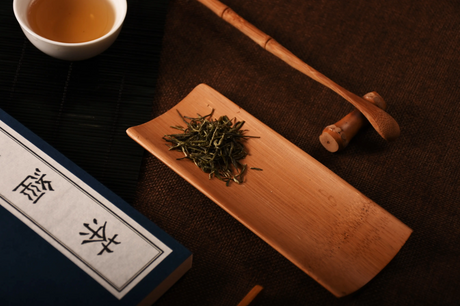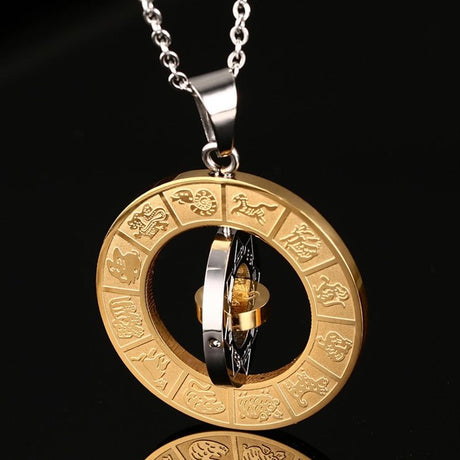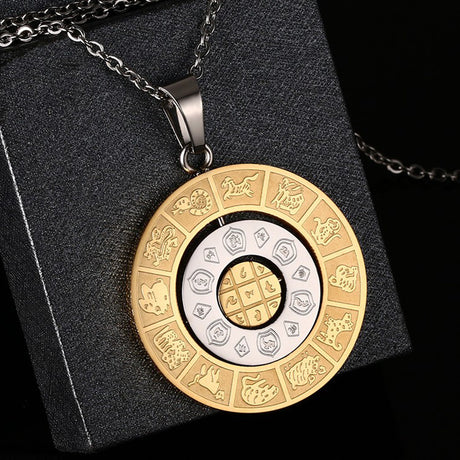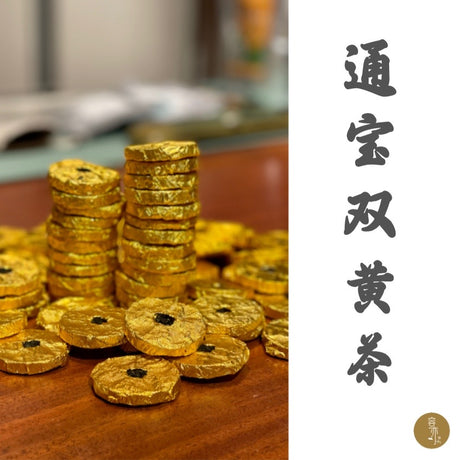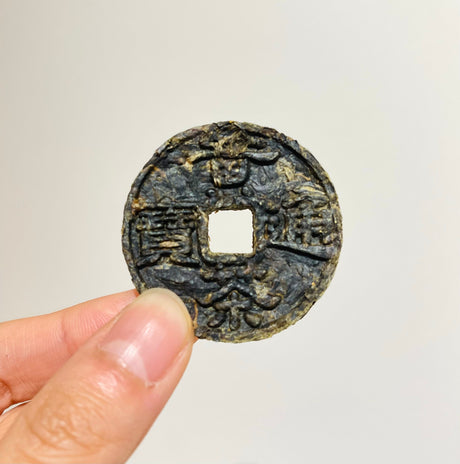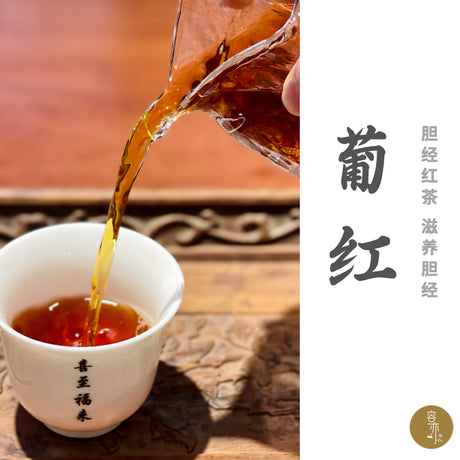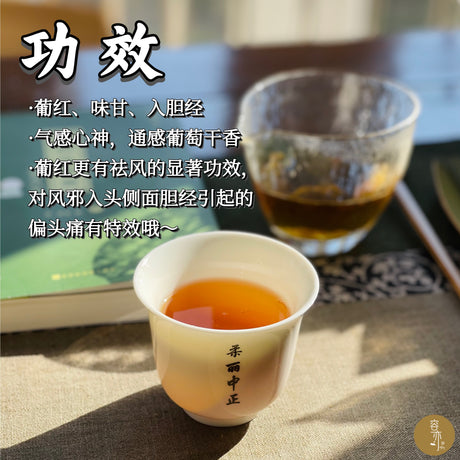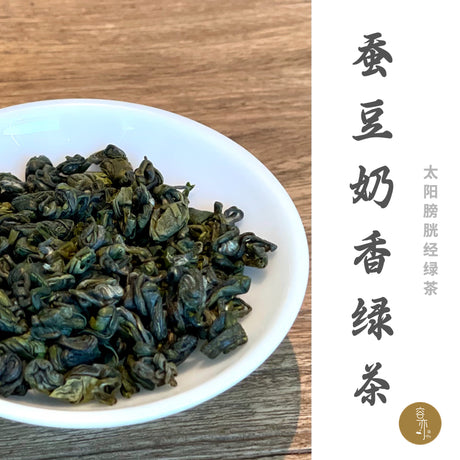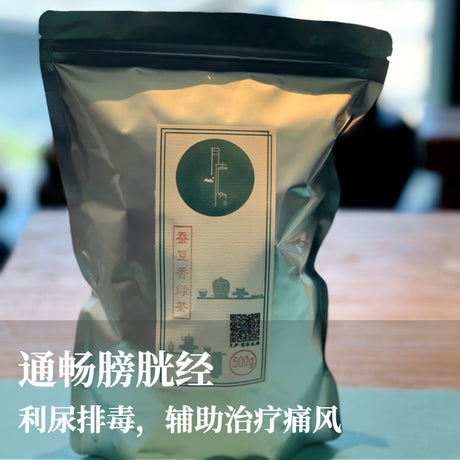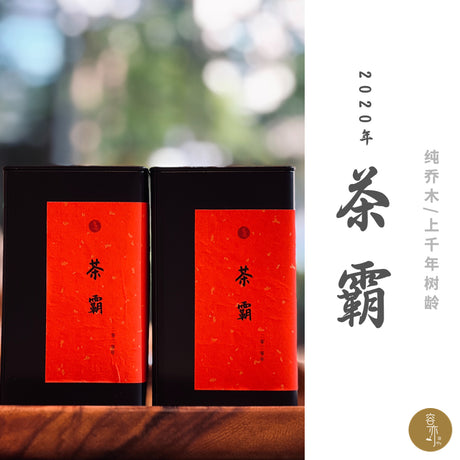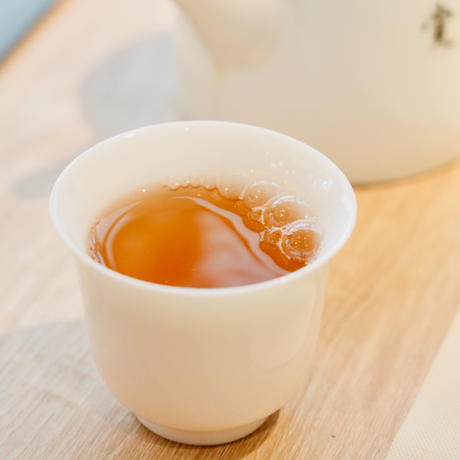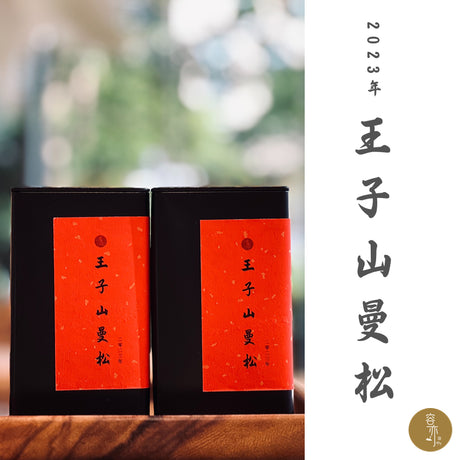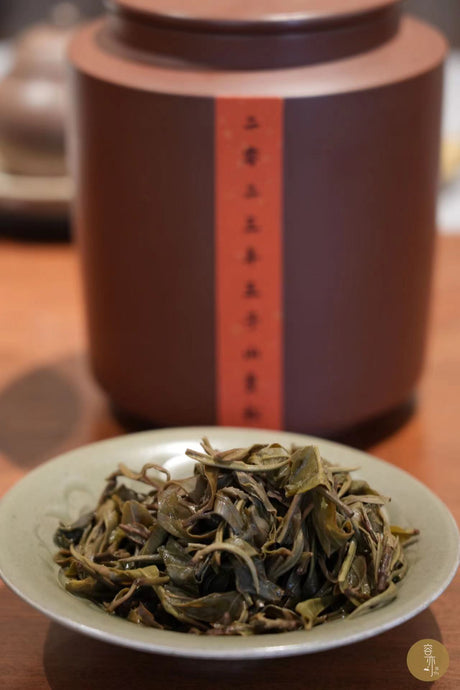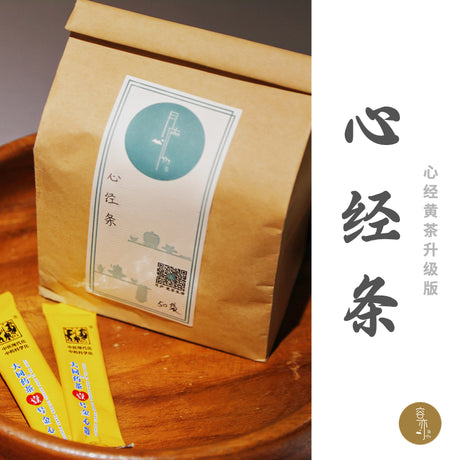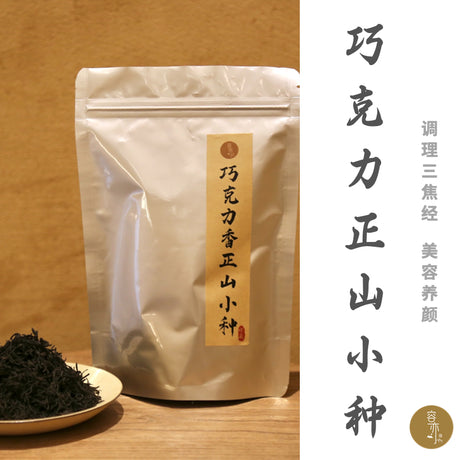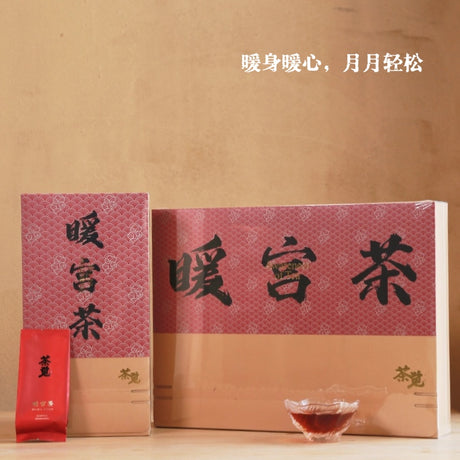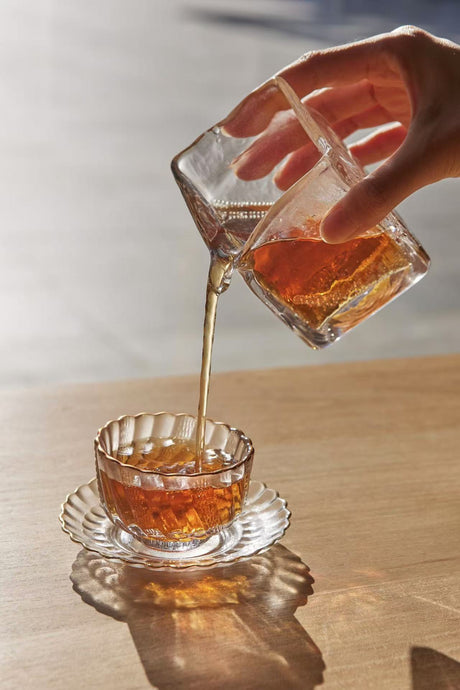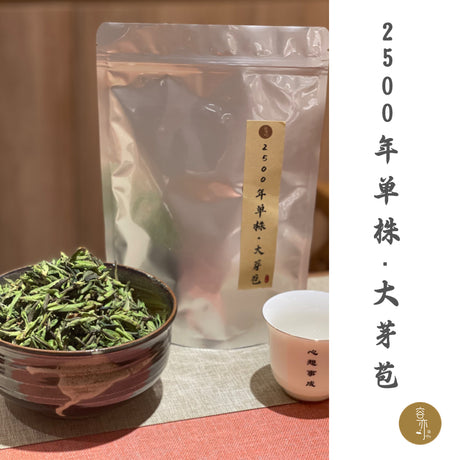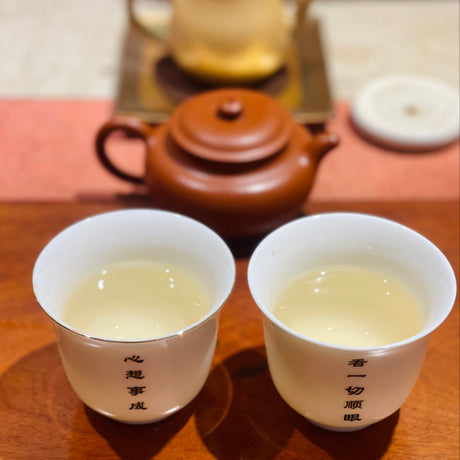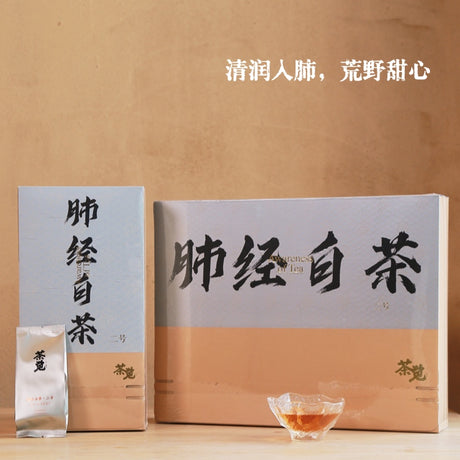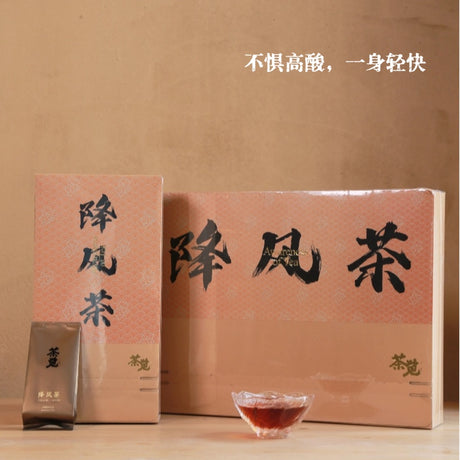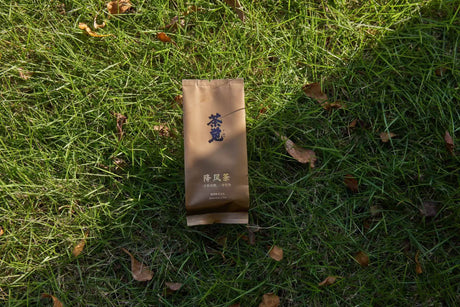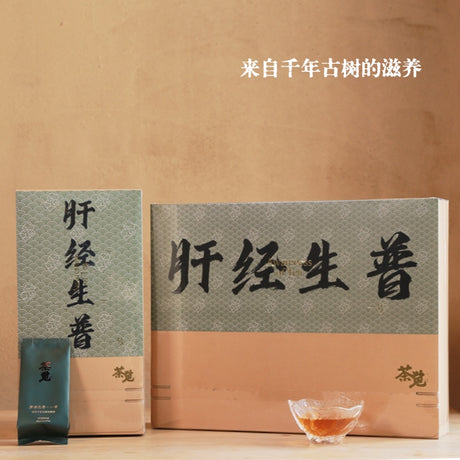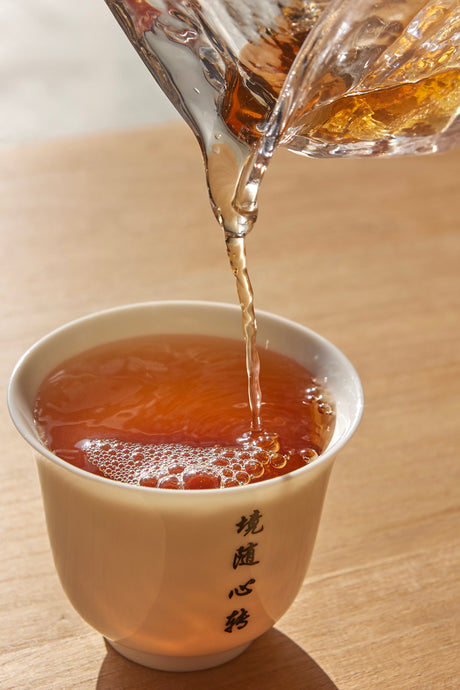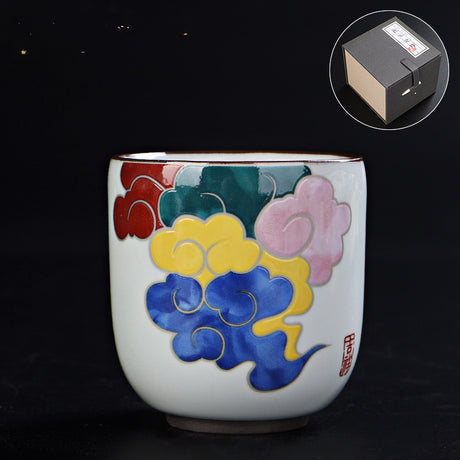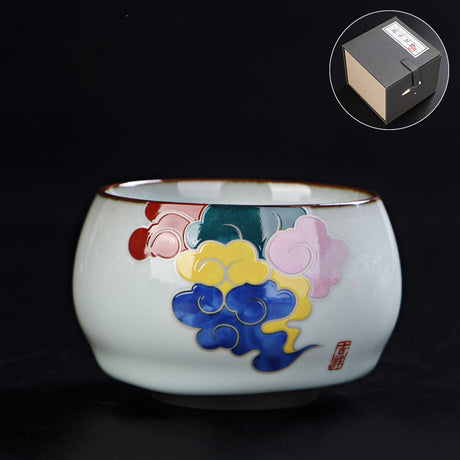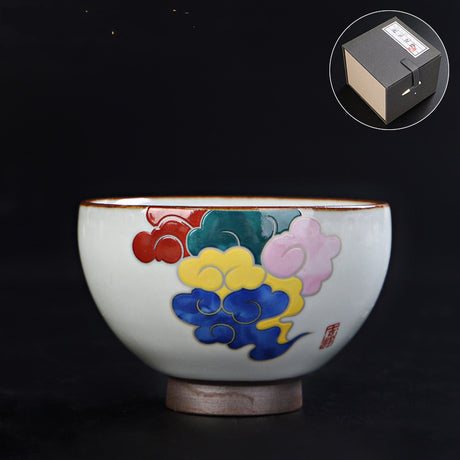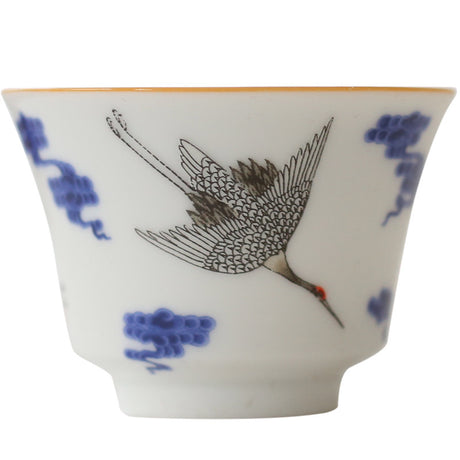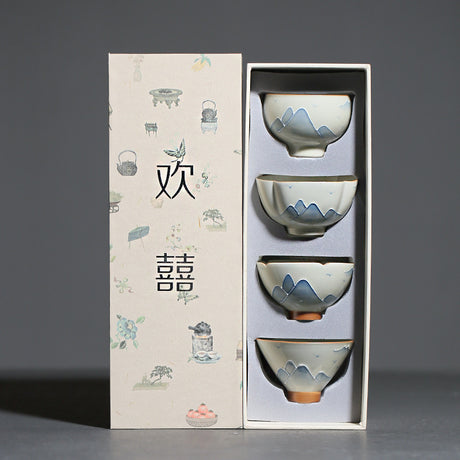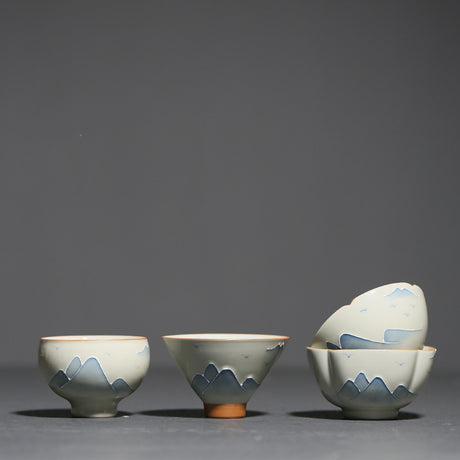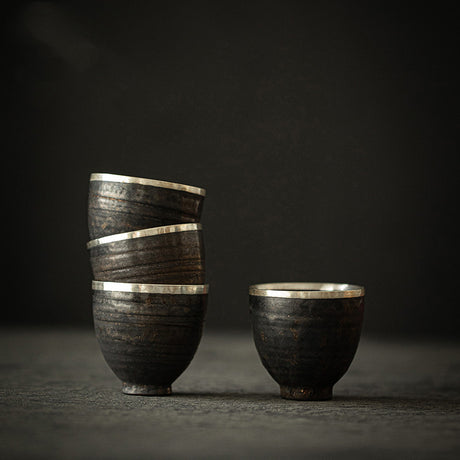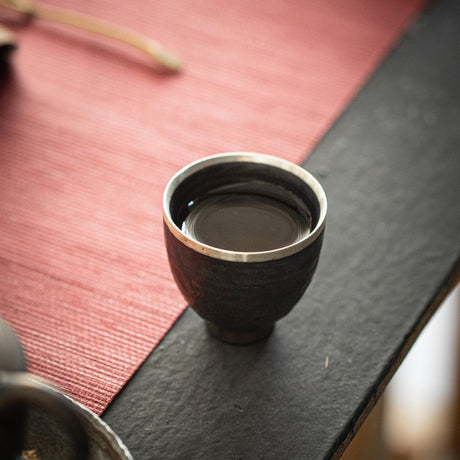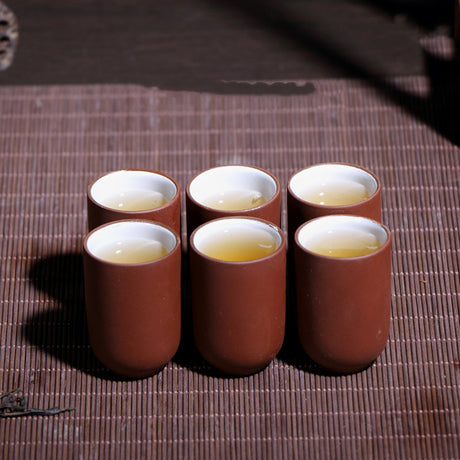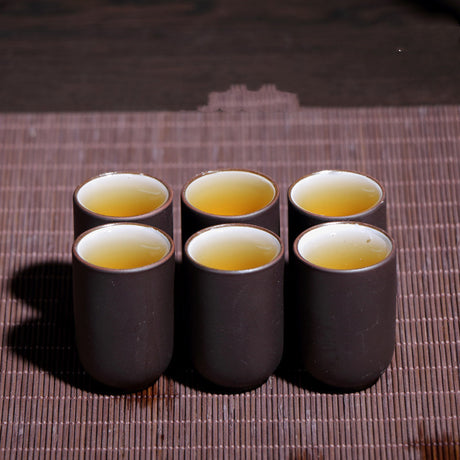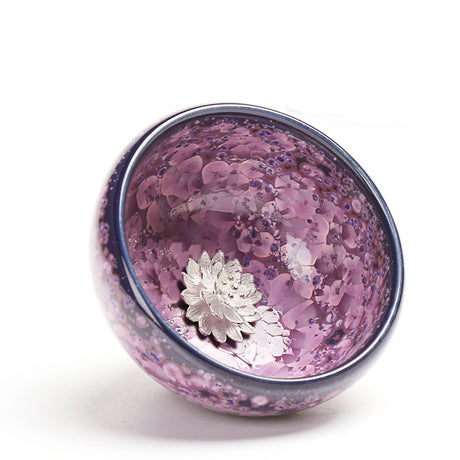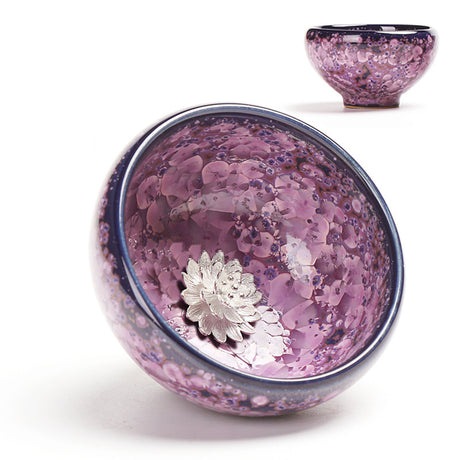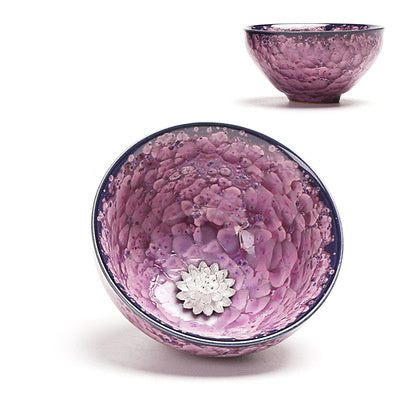Chinese tea is more than just a beverage—it is a centuries-old cultural tradition, an art form, and a reflection of harmony between nature and human well-being. With its deep roots in history and philosophy, Chinese tea offers an experience that goes beyond taste, inviting you to slow down and connect with the present moment.
The Philosophy Behind Chinese Tea
Tea is an essential part of Chinese daily life, social gatherings, and even spiritual rituals. It's often associated with calmness, clarity, and balance. In traditional Chinese medicine, tea is also valued for its health benefits—ranging from aiding digestion to improving focus and boosting immunity.
Main Types of Chinese Tea
Chinese tea is classified based on how the leaves are processed after harvest. Here’s a guide to the six major types:
1. Green Tea (绿茶 / Lǜchá)
Unoxidized and lightly processed, green tea retains its natural color and grassy flavor. It’s refreshing and high in antioxidants.
Famous varieties: Longjing (Dragon Well), Biluochun.
2. Black Tea (红茶 / Hóngchá)
Fully oxidized, Chinese black tea has a smooth, rich flavor often with sweet or malty notes.
Famous varieties: Keemun, Dianhong (Yunnan Black Tea).
3. Oolong Tea (乌龙茶 / Wūlóngchá)
Semi-oxidized and complex, oolong teas fall between green and black teas. They are known for floral or roasted aromas and layered taste.
Famous varieties: Tie Guan Yin, Da Hong Pao.
4. White Tea (白茶 / Báichá)
Minimally processed with a delicate, subtle taste. White tea is prized for its purity and gentle nature.
Famous varieties: Baihao Yinzhen (Silver Needle), Shoumei.
5. Yellow Tea (黄茶 / Huángchá)
A rare type that undergoes a slow steaming process, giving it a smooth, mellow flavor that’s gentler than green tea but more refined.
Famous varieties: Junshan Yinzhen.
6. Pu-erh Tea (普洱茶 / Pǔ’ěrchá)
Aged and fermented, Pu-erh tea offers deep, earthy flavors and is often enjoyed for its digestive benefits.
Available as: Raw (Sheng) or Ripe (Shou) Pu-erh.
Each type of Chinese tea offers its own story, energy, and benefits. If you’re looking for clarity and freshness, green or white tea may suit you. For depth and comfort, try Pu-erh or oolong. Exploring Chinese teas is like taking a journey through centuries of wisdom—one sip at a time.
